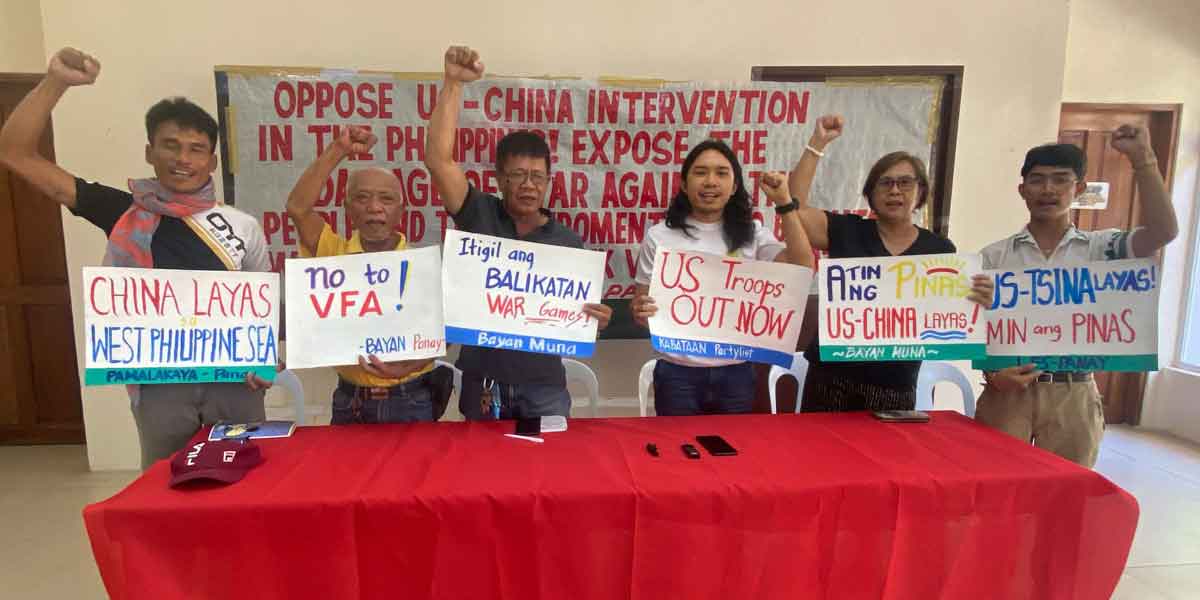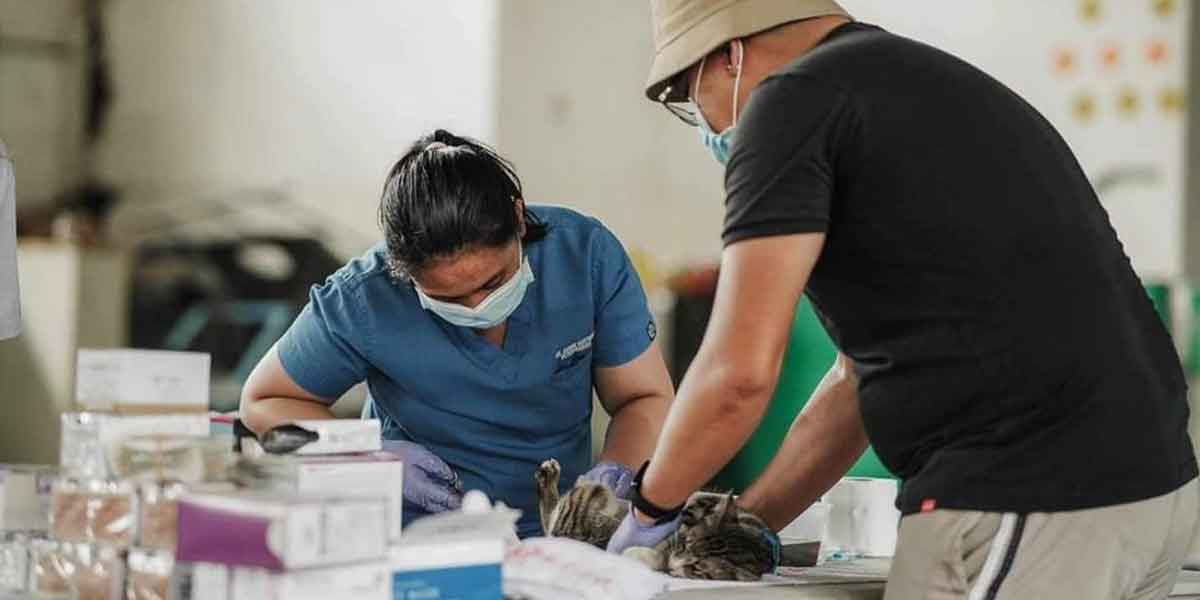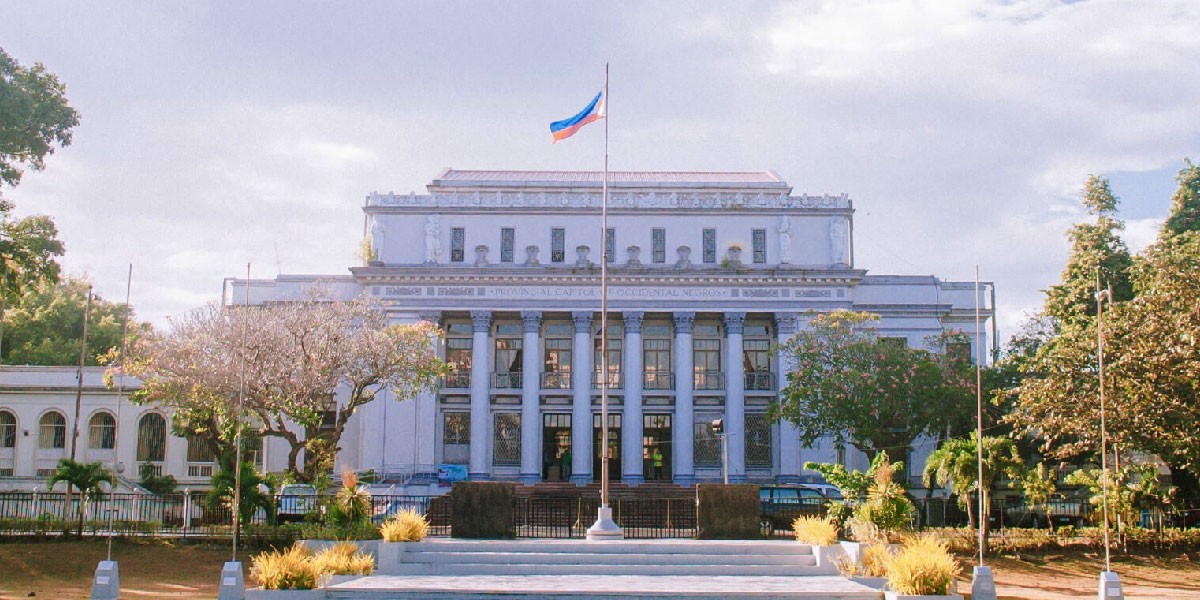House of Representatives Minority Leader Marcelino “Nonoy” Libanan wants Malacañang to designate a new “air traffic czar” who can roll out a package of initiatives to decongest the Ninoy Aquino International Airport (NAIA), including the relocation of more flights to Clark International Airport (CIA).
“We would urge Malacañang to look for an air traffic czar who can manage commercial flight activity, compel airlines to reschedule flights if necessary, and to oversee the shift to Clark. This is the only way we can fix NAIA’s congestion and improve travel experience,” Libanan said.
Persistent flight delays at NAIA often cause holdups in airports across the country.
“Airlines can be persuaded to move more flights to Clark. In fact, the government can subsidize some of their relocation costs,” Libanan said.
Libanan served as House transportation committee vice chairperson when he was Eastern Samar’s lone district representative. He is now 4Ps Party-list representative.
The lawmaker has been pushing for the transfer of up to 50 percent of NAIA’s commercial flight activity to Clark by 2025, in time for the projected full recovery of global air travel from the pandemic.
At present, Clark already hosts 18 airlines that operate 686 weekly flights serving 14 international and 19 domestic destinations.
“There’s really no point in overloading NAIA with more flights, considering that we have Clark nearby that is four times larger, has unused capacity, and is ready to handle more aircraft and passengers at any given time,” Libanan said.
In a previous study, the International Finance Corp. (IFC) had concluded that: “The current situation (at NAIA) has become highly inefficient, with airlines and passengers experiencing frequent delays (take-offs and deplaning), unplanned diversions to Clark and cancellations…”
The IFC added: “NAIA’s main constraint for expansion is on the airside, i.e., lack of runway capacity. A new parallel runway would require significant land acquisition of highly-developed urban areas.”
“On the other hand, developing a completely new international airport is estimated to take 10-15 years, likely even more for areas currently being considered that are southwest of Metro Manila which would require massive (land) reclamation works.”


















